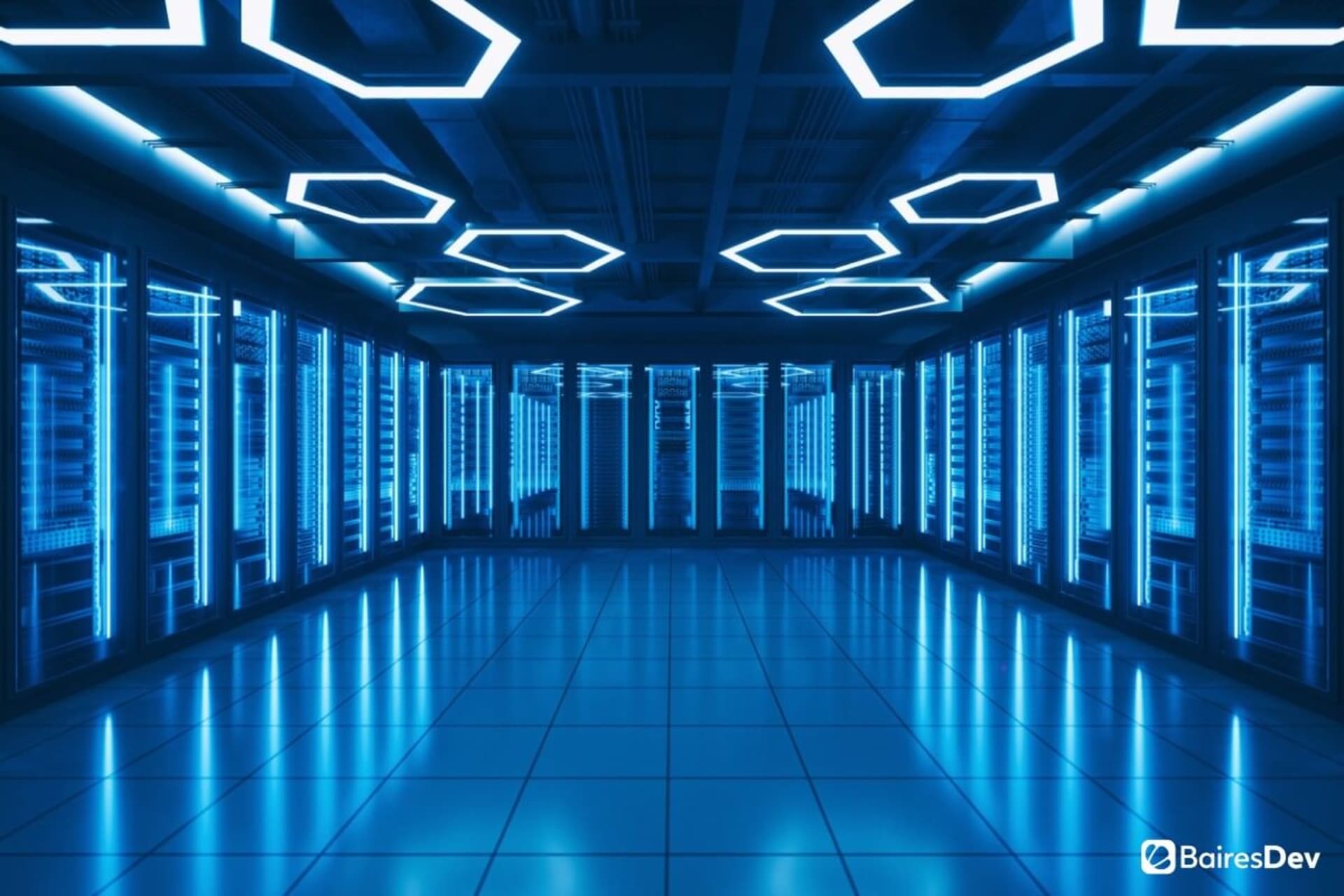In an age of astonishing technological advances, many companies are engaging in digital acceleration, which is the process of implementing new technologies to digitize and revamp operations. Companies that do so benefit from more agility, greater efficiency, better customer care, and, therefore, higher revenues.
However, many companies are also keeping legacy mainframe systems that still work well. These systems are often based on the programming languages that were popular when the systems were developed but not anymore. As engineers age and retire, the new ones taking their place are often unfamiliar with these languages.
Due to this dilemma, companies may be asking whether mainframes even have a role in their digital acceleration plans. Here we explore the benefits of continuing to maintain mainframes, some of the challenges in doing so, other options companies can explore, and what’s next for mainframes.
What is a Mainframe?
Mainframes were developed in the mid 20th century as computers with a cabinet housing the central processing unit (CPU) and main memory. These large computers are differentiated from smaller ones (such as servers, microcomputers, workstations, and personal computers) in the amount of data they can process, their processing speed, the types of software they can run, and their cost.
Given their size, early mainframes required specialized heating, ventilation, and cooling, as well as a dedicated power supply, or even a separate room to house them. Images and films portraying computer work in the mid-20th century often portray mainframes as the primary computers.
These machines are known for the high input and output volumes they’re able to process, as well as their computing speed, expressed in million instructions per second (MIPS). Due to their large size, storage capacity, processing power, and reliability, mainframes are useful for serving as a foundation for the complex needs of enterprise computing. For example, most mainframes can run multiple operating systems that may be needed for a variety of business functions. In this way, they can serve a similar purpose to multiple servers.
The following video explains the role of the mainframe in the business world:
Why Keep Mainframe Systems?
Mainframes are currently the standard solution for processing massive amounts of data. They process the vast majority of credit card transactions and handle billions of business transactions per day. Far from becoming obsolete, mainframe usage is expected to grow in the coming years.
As tech giant IBM states in a blog post, “Mainframes fit EVERYWHERE…so your organization’s digital transformation must include them as your secure, resilient and agile platform for mission-critical data and apps.” The post points out that mainframes can help to address issues like data protection, data privacy, and uptime. Such benefits are particularly useful in industries like banking, insurance, healthcare, and retail.
Another reason to keep legacy systems is that replacing them can be costly. It can be expensive to allow the downtime that may be needed for the installation, data migration, and initial troubleshooting, not to mention training staff on the new system.
Mainframe Challenges
Even with all these benefits, mainframes can cause challenges as they age. They may be too slow for or incompatible with new applications, especially cloud and mobile apps. Plus, mainframes suffer from the “too big to fail” phenomenon after years or even decades of usage. They are often intricately connected to a variety of legacy applications and even seasoned IT experts don’t want to touch them for fear they could make a wrong move and disrupt the whole system.
Additionally, finding knowledgeable people to maintain these systems can be tricky. Many of them are based on COBOL, a programming language that is over 60 years old. A recent InfoWorld article states, “For many organizations…people who can keep mainframe-based Cobol applications upright are becoming harder and harder to find, especially as most computer science programs aren’t teaching it anymore.”
Other Options
Given that an abrupt shift to the cloud isn’t always the right answer, some experts recommend a hybrid approach that allows businesses to benefit from the best of both worlds. A recent post from Reworked states, “As an example, it’s quite possible to connect the trusty old mainframe to the data lake that resides in the cloud which feeds new applications that impact processes, culture and business value, such as a chatbot to quickly answer customer queries.”
Such connected mainframes, supported by middleware, enable companies to continue using the legacy mainframe for modern purposes, leaving the migration of critical applications until after others have been deployed. This solution not only creates a stable, reliable system but also extends the life of the mainframe, thereby cutting implementation costs.
What’s Next for Mainframes
As noted above, the use of mainframes is likely to increase in the coming years. Modern systems now support widely used programming languages, including Python, Java, JavaScript, and C++. This trend will continue, as the shift away from COBOL-only systems enables today’s engineers to easily maintain mainframes and integrate them with other systems.
As cybersecurity continues to be a growing concern, mainframes can help, given their ability to provide end-to-end data protection. These systems can also support machine learning (ML), an offshoot of artificial intelligence (AI). And they will become even more robust as open-source platforms continue to improve performance.
Mainframes Are Here to Stay
As companies pursue digital acceleration they shouldn’t assume their mainframe has nothing to offer. Despite their age, their benefits outweigh their challenges, and many of the challenges can be overcome. While other areas of an IT infrastructure may change, many companies continue to rely on mainframes to be at the center of their computing needs.







